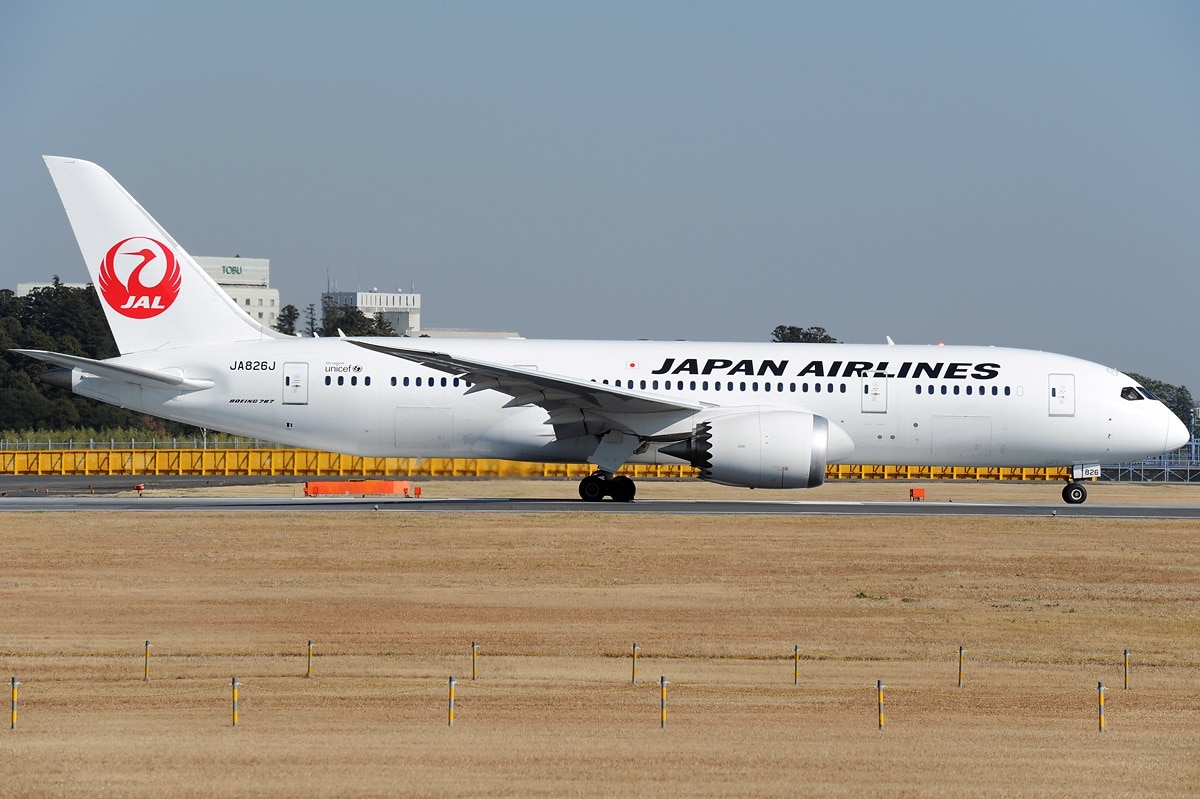Aerospace
Japan Airlines Set To Fly Airbus A321P2F In Spring 2024
Japan Airlines Set To Fly Airbus A321P2F In Spring 2024

Japan Airlines Co., Ltd. (JAL) and Yamato Holdings Co., Ltd. (YHD) have decided on the routes and number of flights of a dedicated freighter aircraft, which is scheduled to begin operating in April 2024, in order to secure stable transportation capacity, maintain and improve service quality, and address social issues like regional revitalization. Both companies will continue to work toward the launch of the new service.
IndiGo receives its first A321 Freighter aircraft for cargo service(Opens in a new browser tab)
From April 2024 onward, we plan to operate a total of 21 flights per day on the following four routes using all three Airbus A321ceo P2F aircraft*. Application to and approval by the appropriate authorities are required for this plan.
(1) Tokyo (Narita/Haneda) = Kitakyushu
(2) Tokyo (Narita/Haneda) = Sapporo (New-Chitose)
(3) Tokyo (Narita) – Okinawa (Naha)
(4) Okinawa (Naha) – Kitakyushu
Two of the three aircraft have already been delivered, and the third will arrive in February 2023. Commencing in Singapore March 2023, the aircraft will be gradually converted from a passenger aircraft to a solely dedicated freighter aircraft. EFW of Germany holds a contract for the conversion programme to a dedicated freighter aircraft.
AirAsia X takes flight to Tokyo-Haneda(Opens in a new browser tab)
*EFW was jointly founded by the aircraft manufacturer AIRBUS and ST Engineering of Singapore, a business that specializes in converting Airbus aircraft from passenger to freighters.
The operating company will be changed to Spring Japan Co., Ltd. a JAL consolidated subsidiary. In light of the external environment, the JAL Group will optimize the allocation of management resources, strengthen the business foundation of its LCCs, and accelerate Group-wide preparations for the start of dedicated freighter flights in April 2024.
We are putting in the essential planes and enhancing the infrastructure needed for the launch of freighters at each of the airports where they are expected to fly. In order to be ready for the 2024 launch of the new aircraft, both companies will hire new personnel, including those who will be involved in flight operations and freight handling.

Aerospace
Boeing Transfers Rocket Stage to NASA, Paving Way for Human Moon Mission

Boeing has achieved a significant milestone by providing NASA with the second core stage of the Space Launch System (SLS) rocket.
This crucial component, crafted at NASA’s Michoud Assembly Facility (MAF), is set to propel the Artemis II crew into lunar orbit, marking humanity’s return to deep space after a 50-year hiatus.
The monumental Boeing-built rocket stage, the largest element of the Artemis II mission, will embark on a journey aboard the Pegasus barge, traveling 900 miles to NASA’s Kennedy Space Center.
Comparison of two legendary aircraft B777x vs B747 aircraft:Click here
Upon arrival, it will be meticulously integrated with other essential Artemis II components, including the upper stage, solid rocket boosters, and NASA’s Orion spacecraft within the iconic Vehicle Assembly Building. This intricate integration process is a vital step toward the eagerly anticipated Artemis II launch, slated for 2025.
“Boeing-built products helped land humankind on the moon in 1969, and we’re proud to continue that legacy through the Artemis generation,” remarked Dave Dutcher, vice president and program manager for Boeing’s SLS program. “Together, with NASA and our industry partners and suppliers, we are building the world’s most capable rocket and paving the way to deep space through America’s rocket factory in New Orleans.”
NASA, Lockheed Martin Reveal X-59 Quiet Supersonic Aircraft:Click here
The delivery of Core Stage 2 marks a significant achievement in the evolution of the SLS rocket. Towering over 200 feet and powered by four RS-25 engines, this core stage, coupled with two solid-fueled booster rockets, will generate a staggering 8.8 million pounds of thrust. This immense power is crucial to launching Artemis II and future missions into the vast expanse of space.
The SLS rocket stands unparalleled in its capability to transport both crew and substantial cargo to the moon and beyond in a single launch. Its extraordinary capacity will facilitate the delivery of human-rated spacecraft, habitats, and scientific missions to destinations including the moon and Mars, ushering in a new era of space exploration.
-

 Travel1 week ago
Travel1 week agoAir India to Expand US Operations with Three New Routes After a Decade
-

 Travel2 weeks ago
Travel2 weeks agoWhy We Should Avoid These Stamps in a Passport
-

 Airlines1 month ago
Airlines1 month agoInvestigations Reveal Fake Chinese Titanium in Boeing and Airbus Jets
-

 Tech4 weeks ago
Tech4 weeks agoChina’s CATL Plans 1,800-Mile Electric Plane Launch by 2027
-

 Airport3 days ago
Airport3 days agoTop 10 Largest Airports in the World by Size
-

 Aerospace4 weeks ago
Aerospace4 weeks agoChina’s Fighter Jets Turn Wings into Autonomous Drones
-

 Airlines4 days ago
Airlines4 days agoAir India Rolls Out A350s for Delhi-New York JFK and Newark Routes
-

 Defence3 weeks ago
Defence3 weeks agoBoeing Enhances Chinook with New Engines and Block II Upgrades at $96 Million







